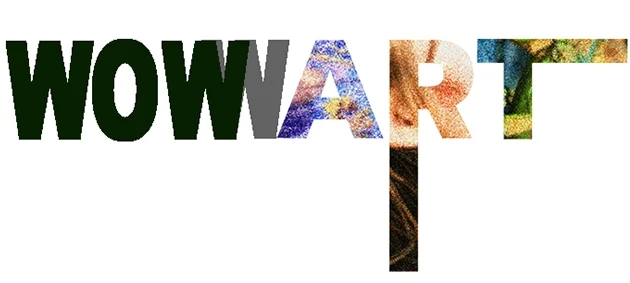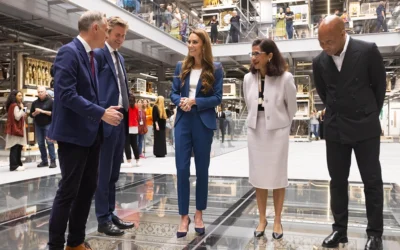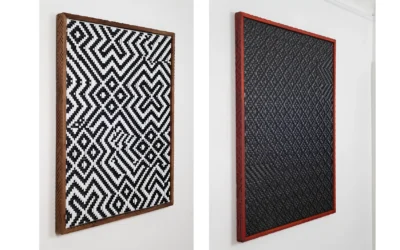Diane Pieri Inspires With Her Timeless Vision And Dedication To Artistic Excellence
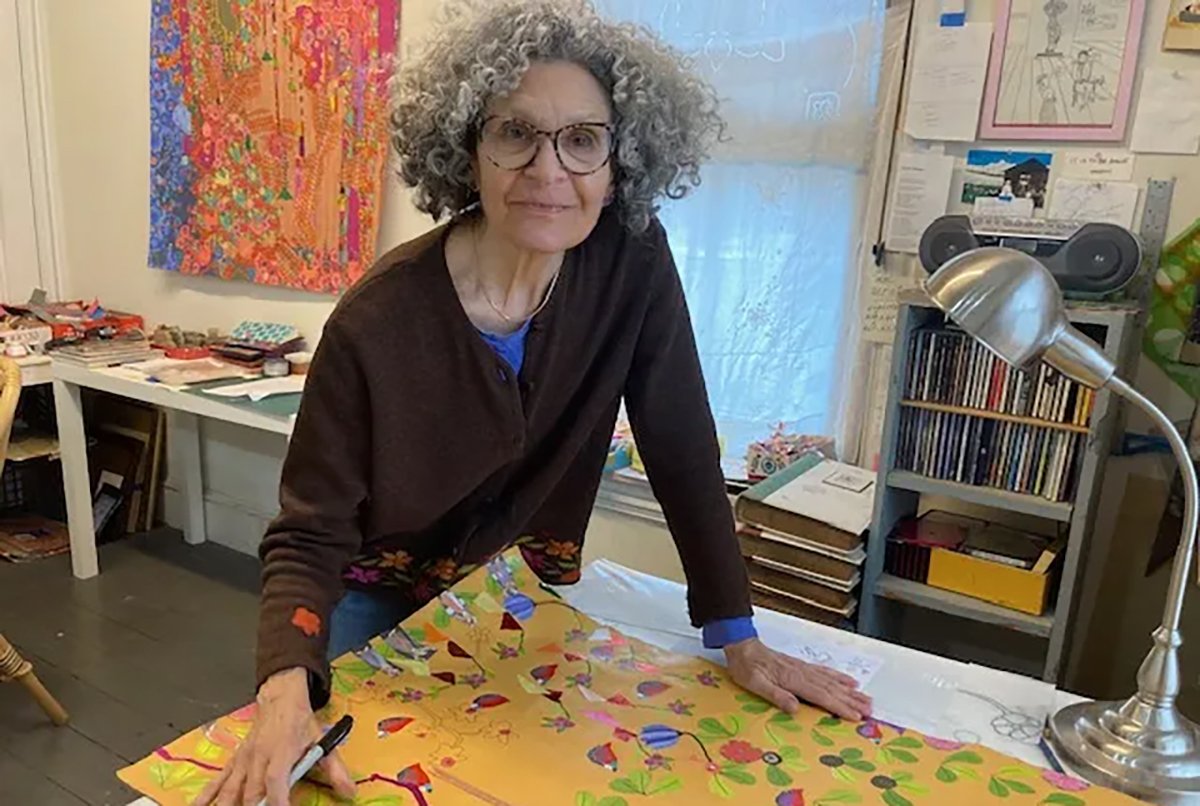
Photo: Diane Pieri In Her Studio: A Visionary Artist Who Blends Tradition And Innovation Into Her Exquisite Creations
Shaping Beauty Through Authentic Materials
Diane Pieri shares her artistic journey, exploring authenticity, emotional expression, cultural influences like Indian miniatures, and her unyielding commitment to innovation, invention, and the pursuit of beauty in her work.
Diane Pieri’s extraordinary artistic journey stands as a testament to creativity, perseverance, and the boundless exploration of beauty. With an illustrious career spanning over five decades, Pieri has established herself as a visionary force in the art world, merging cultural traditions, symbolic meanings, and contemporary innovations into a body of work that captivates the soul and ignites the imagination. Her mastery of delicate techniques, her fearless use of authentic materials like 23-carat gold leaf and handmade papers, and her profound ability to draw inspiration from diverse sources, such as Indian miniatures and folk art, define an artist who is unafraid to push artistic boundaries while remaining deeply rooted in truth and authenticity.
Pieri’s work is more than visual art—it is an invitation into worlds of radiant color, intricate patterns, and emotional depth. Whether crafting enormous public sculptures, murals that speak to communities, or intimate pieces that reveal the inner workings of her heart and mind, Pieri imbues each creation with a sense of wonder and meaning. Her art exists at the intersection of craftsmanship and emotion, offering a glimpse into her continual pursuit of invention and beauty, as well as her unwavering devotion to sharing joy with others.
Diane Pieri’s remarkable artistry transforms cultural storytelling and emotional depth into works of unparalleled beauty and timeless significance.
In this exclusive interview, Diane Pieri reflects on her inspirations, motivations, and the inner drive that has fueled her incredible body of work. From her early fascination with art as a young child to her profound respect for cultural storytelling and innovative techniques, Pieri shares insights into her creative process, her challenges, and her ability to continually evolve. Prepare to be inspired by her wisdom, passion, and unrelenting commitment to offering beauty in the everyday.
How do you balance the use of symbolic meaning and abstract patterns in your work, and what role does each play in conveying your artistic message?
Every artist, over time, develops a language. What I aspire to do is have and use a language that I don’t think about, like using English. I don’t think about talking or formulating a sentence but, there are various times when I do search for a specific word to use, a more complex descriptive word. This is how it is making art.
Authenticity is a core principle in your art. How do the materials you choose, like 23 carat gold leaf and handmade papers, enhance the meaning of your work?
It is of utmost importance to me, as a human being, that I am authentic, in my relationships, in my word, in my actions, in my art. Art never lies, it only reveal. My art reveals who I am. This happens with everyone whether they are an artist or not. Of course children reveal all the time and are then taught to lie. I must use authentic materials because they help imbue my art with beauty, cultural integrity, sincerity, courage and strength.
Indian miniatures have deeply influenced your artistic journey. How do these influences manifest in your creations, both visually and conceptually?
I have been influenced by Indian miniatures for over 30 years now. They originally captured me because of their delicacy, their different cultural expression, their color, design and story telling. A whole world of possibilities opened up to me when I seriously started to study Indian miniatures. In fact, when I first applied for a grant to go to India, I studied with a young Indian painter so I could learn technique- how to paint a bush, a tree, grass, flowers, cloth. That first trip was thwarted by 9/11. I applied for another grant in 2012 and finally went to Northern India. What I found was completely unexpected! This was good! I discovered Indian Folk Art, which liberated me into realms of joy, dance, uncalculated vibrancy and new visual experiences. Now I have combined all the variations of this rich language- the decreet miniatures and the playful folk art.
The quote in your studio speaks to burning passion, enthusiasm, and perseverance. How do these qualities shape your creative process and the challenges you face as an artist?
I always knew I wanted to be an artist, from the age of 6 when my crayon drawing was chosen to hang in the principal’s office. My parents were always very supportive throughout my educational years. However, this does not mean that I have not cried bitter tears and packed up my studio a couple of times over my long art life. As I used to tell my college students- Being an artist is a hard life, but it is a great life. I also told them that if they couldn’t take rejection, they should get out then, right then.
In your pursuit to offer beauty in the everyday, what role does emotional expression play in the patterns and symbols you incorporate into your art?
Invention and beauty are what I am after. At this point in my long career, I do not differentiate between thinking and doing. This gets me into trouble. I know I am an emotional person, a feeling person, a focused person with an innate and educated understanding of color, design and all of the formal art elements. Beginning artists have a mental checklist of the formal elements and use this list to see if they have included them in their work. I do not do this anymore. For me, the important key is to kick everyone out of the studio, including myself, to paraphrase John Cage. Only then do I wander around in the space that most understands me, in search of beauty and invention.
After 25 years of artistic practice, how do you see your work evolving in the future, and what continues to inspire your exploration of new techniques or materials?
I live in fear of repeating myself! I hope I never hear anyone say that they thought they had seen the “new” work in a previous exhibition. I go on what I call “scrounging missions”, after I have completed a series. This is a painful, emptiness until something unpredicted sparks my imagination. It takes patience and fortitude until something breaks through.
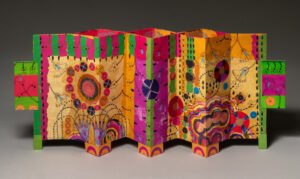
EDITOR’S NOTE
Diane Pieri’s work is a vibrant, dynamic exploration of color, pattern, and form, embodying her signature fusion of cultural influences and contemporary innovation. The accordion-style folding artwork dazzles with bold hues—magenta, yellow, purple—and intricate motifs reminiscent of Indian miniatures and folk art, reflecting her decades-long reverence for cross-cultural storytelling. The piece’s rhythmic circles and organic shapes evoke joy and movement, while its layered structure invites interaction, mirroring Pieri’s belief in art as an immersive experience. Her use of authentic materials and meticulous craftsmanship shines through, reinforcing her commitment to beauty and authenticity. This work is a testament to her fearless creativity, blending tradition with playful experimentation to create a visual symphony that resonates with emotional depth and exuberance. (120 words)
